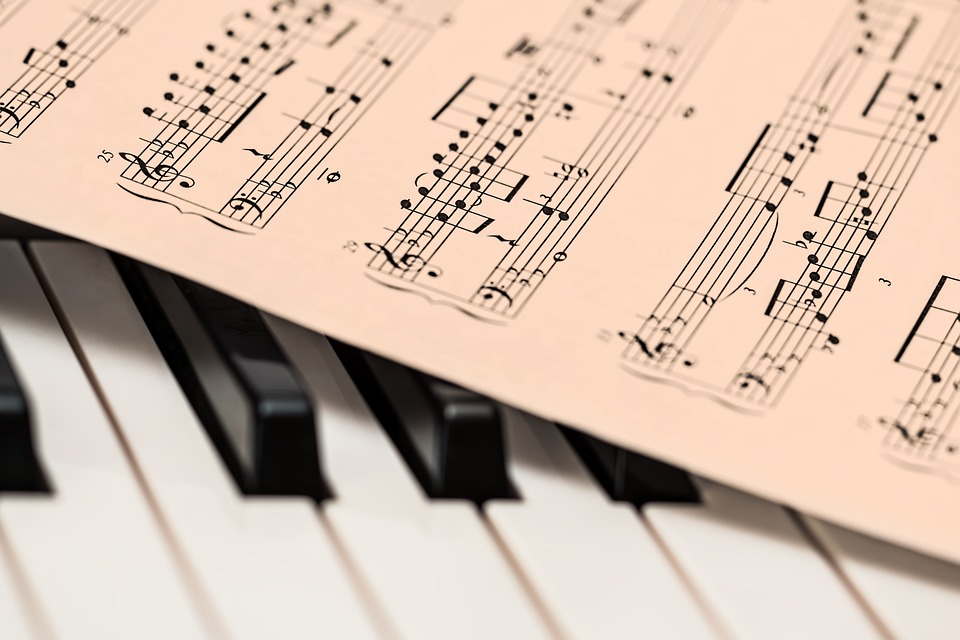The Confluence of Art and Technology in Music Production
In the world of music production, the lines between art and technology have become increasingly blurred in recent years. With advancements in software, hardware, and digital recording technology, artists and producers now have an unprecedented range of tools at their disposal to create groundbreaking and innovative music.
The Evolution of Music Production
The evolution of music production can be traced back to the early days of recording, when artists would gather in studios to lay down tracks on analog tape machines. This process was time-consuming and required a great deal of technical expertise. However, as technology advanced, digital recording technology began to emerge, revolutionizing the way music was created.
Digital audio workstations (DAWs) have become the cornerstone of modern music production, allowing artists and producers to record, edit, and mix music entirely in the digital domain. With the rise of DAWs like Pro Tools, Logic Pro, and Ableton Live, musicians now have the ability to experiment with sounds and textures in ways that were previously unimaginable.
The Role of Technology in Music Production
Technology plays a crucial role in every step of the music production process. From the initial recording phase to the final mixdown, artists and producers rely on a vast array of tools and software to bring their creative vision to life. Virtual instruments, samplers, and synthesizers allow musicians to explore new sonic possibilities, while digital effects processors and plugins offer a wide range of options for shaping and sculpting sounds.
One of the most significant advancements in technology in recent years is the advent of artificial intelligence (AI) in music production. AI-powered tools like machine learning algorithms and neural networks can analyze vast amounts of musical data to generate new compositions, melodies, and harmonies. These tools have the potential to revolutionize the creative process by providing artists with fresh ideas and inspiration.
The Art of Music Production
Despite the prevalence of technology in modern music production, the artistry of creating music remains at the heart of the process. Artists and producers must still rely on their creativity, intuition, and musical sensibilities to craft a compelling and emotional piece of music. Technology can enhance and augment the creative process, but it cannot replace the human element that is essential to great music.
In the studio, artists must make countless decisions about arrangement, instrumentation, and production techniques to bring their vision to fruition. Experimentation and risk-taking play a crucial role in the creative process, as artists push the boundaries of traditional music production to create something truly unique and innovative.
The Future of Music Production
As technology continues to evolve at a rapid pace, the future of music production is ripe with possibility. New advancements in AI, virtual reality, and 3D audio technology promise to revolutionize the way music is created and experienced. Artists and producers will have even more tools at their disposal to push the boundaries of what is possible in music production.
Virtual reality technology, for example, has the potential to transform the way music is performed and consumed. Artists could create immersive virtual concerts and experiences that transport listeners to new worlds and dimensions. 3D audio technology could revolutionize the way music is mixed and mastered, allowing for a more immersive and interactive listening experience.
In conclusion, the confluence of art and technology in music production has opened up a world of possibilities for artists and producers. By harnessing the power of cutting-edge tools and software, musicians are able to create music that is more innovative, emotive, and impactful than ever before. With a blend of creativity, technical skill, and a willingness to push boundaries, artists can continue to push the boundaries of what is possible in music production.
